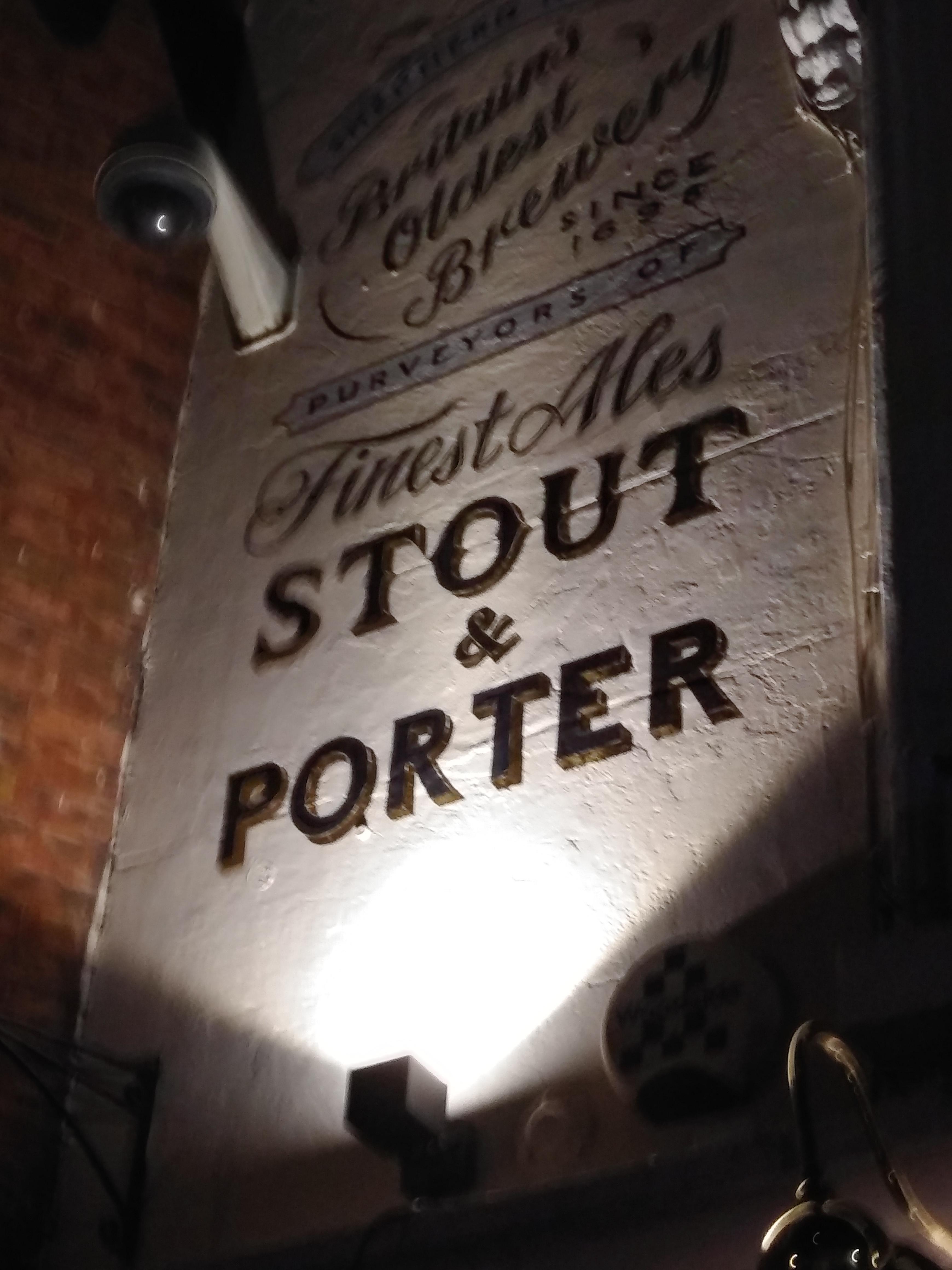Interesting conversation. I'll just toss out two generational issues I experience in my neck of the woods:
1) my irl homebrew friends in their 20s and 30s are way into (a) NEIPAs, (b) Milkshake beers and (c) fruited kettle sours; my homebrew friends in their 50s+ tend not to be and are more likely to be brewing traditional American, German, Belgian and English styles.
2) internet forums like HBT are trending towards older users, younger folks are more into the app/texting/twitter world; a homebrew club I'm a member of uses Slack, for example, and the 20s and 30s guys are way into it, love it; two of us, both in our 50s, find it challenging, because its too brief, too hit and miss, no one can track what's been said, etc.
These are both generalizations and I know they're not applicable in individual cases.
1) my irl homebrew friends in their 20s and 30s are way into (a) NEIPAs, (b) Milkshake beers and (c) fruited kettle sours; my homebrew friends in their 50s+ tend not to be and are more likely to be brewing traditional American, German, Belgian and English styles.
2) internet forums like HBT are trending towards older users, younger folks are more into the app/texting/twitter world; a homebrew club I'm a member of uses Slack, for example, and the 20s and 30s guys are way into it, love it; two of us, both in our 50s, find it challenging, because its too brief, too hit and miss, no one can track what's been said, etc.
These are both generalizations and I know they're not applicable in individual cases.




